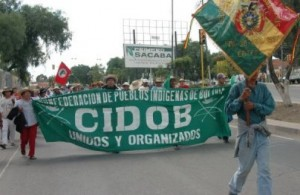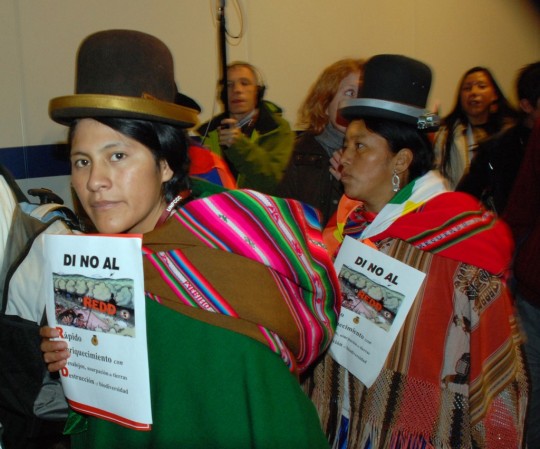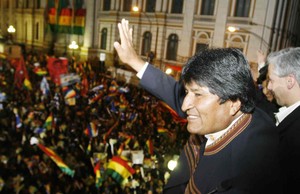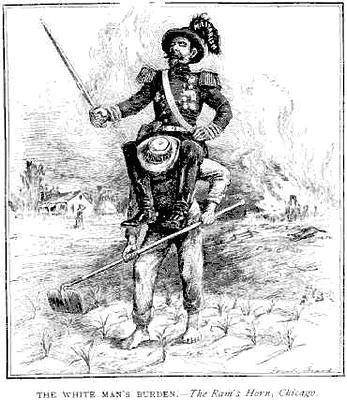Jan 23
20120
Avaaz, CIDOB | Confederation of Indigenous People of Bolivia, Democracy Centre, Humanitarian Agencies, Imperialist Wars/Occupations, NED | National Endowment for Democracy, The International Campaign to Destabilize Bolivia, The War on Libya - There Was No Evidence, USAID
Al Jazeera Bolivia CIDOB | Confederation of Indigenous People of Bolivia Destabilization Projects Libya Morales NED | National Endowment for Democracy Rockefellers Syria USAID Zambrana
Bolibya? Juan Carlos Zambrana sets the Record Straight on the Destabilization Campaign Against Morales Led by U.S. Funded NGOs
January 23, 2012
By Cory Morningstar
“Al-Jazeera, which started out as a credible news agency, has become the whore of international journalism and is as credible as the scrawlings of a demented simpleton on the walls of a football stadium. What is really happening in Syria, we shall be reporting in the forthcoming days. Meanwhile let us tell the story of Libya, which you will not see on Al-Jazeera, nor indeed on the British Bullshit Corporation, its friend and bedmate.” —Timothy Bancroft-Hinchey, Pravda.Ru, from the article The West, Syria and Libya.
It is no secret that Al Jazeera has become an instrumental tool of propaganda (Wadah Khanfar, Al-Jazeera and the triumph of televised propaganda by Thierry Meyssan), serving the Imperialist powers in the expanding destabilization campaigns taking place at unprecedented speed across the globe. What is perhaps less known is the destabilization campaign staged against the Bolivian President Evo Morales, which Morales successfully circumvented and over-came in late 2011. (Media reported several deaths including a baby – all which proved to be complete fabrication.)











